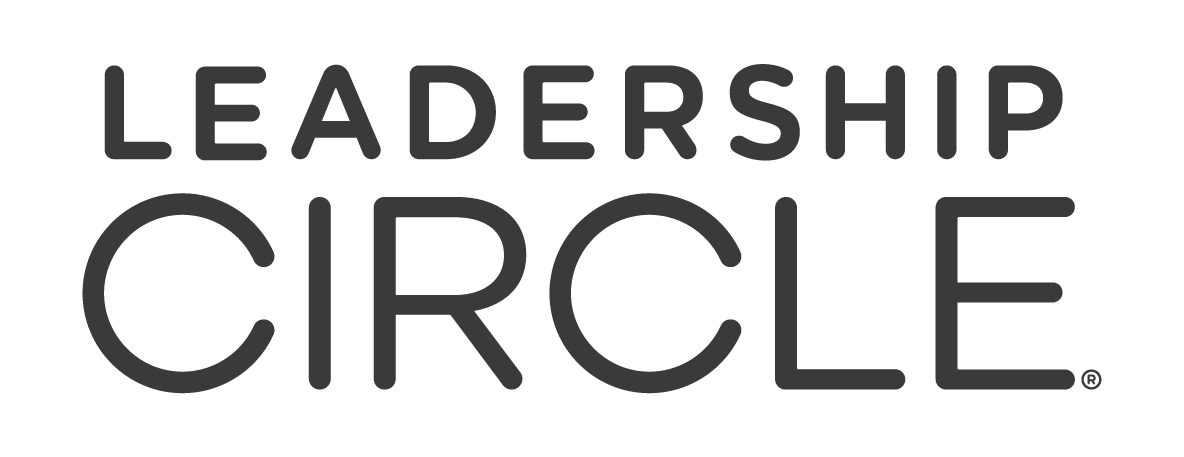Ever since I opened my coaching and facilitation practice back in 2001 and as I continued to learn from and work with leaders from various industries and with various backgrounds, my intuition kept hearkening me back to an earlier job in my career. From October of 1981 to May of 1985, I had the honor of serving as Willie the Wildcat, Northwestern University’s mascot, while attending the university.

Many years later, I journeyed into the world of team and leadership development at Eagle’s Flight Creative Training Excellence, facilitating simulations for thousands of people from corporate, government, and non-profit organizations. I began coaching leaders 18 years ago from high-tech, energy, biotech, construction, healthcare, higher education, non-profit, banking, and more.
What kept percolating inside of me was this idea that my experiences as a mascot were very similar to the experiences of these leaders. As I began to interview other collegiate mascots about their experiences, while also working with the leaders of corporations and non-profits, the metaphors continued to become clearer. Although I haven’t “finished” the wide and varied possibilities, I think mascots and leaders have much in common. A few examples of these metaphors include that both effective mascots and effective leaders are very present, they listen at a different level than the rest of us, they recognize their blind spots, and they are keenly aware that they are the visible representation of the organization.
Today, I’d like to share one of these learnings that mascots are very familiar with already. Effective leaders are brought to life from the inside out. Let’s start with a story I heard from my friend, Mike Bang. Mike was also a Willie the Wildcat at NU back in the ‘80s, although a few years younger than I. Mike was asked to do a photoshoot as Willie for promotional material. As he arrived at the studio, he and the photographer discussed the shoot and the desired outcomes. Once clear, Mike went into the dressing room and put on the suit. As soon as the suit was zipped and the head went on, Mike identified heart, mind and soul as Willie. Mike did not lose himself. Instead, he launched himself into the mindset of being a great Willie. He went back into the studio, and the photographer gave Mike directions, “Mike, come over here,” “Mike, sit on this chair.” But in a short period of time, with Mike having a mindset that he was Willie on the inside as well as the outside, the photographer soon forgot about Mike. His directions morphed into “Willie, put your paws up here” and “Show me that excitement, Willie.” Mike’s ability to clearly and intentionally bring the persona to life from the inside out was flawless, transforming him into a “Willie the Wildcat.”
I know the analogy may not be perfect, but stay with me for a moment. The most effective leaders I’ve come across, understand this same concept. They come to life from the inside out. In other words, effective leaders are clear on who they are on the inside, what their values are, how they self-identify. Then, they bring those values and that identity into their world and, through their behaviors generated by this mindset, they create the outcomes they desire. And because they work from the inside out, they most commonly are working in organizations where they are in alignment with the organizations’ values, too.
It is no secret why Bob Anderson of The Leadership Circle™ has the little black circle with the white letters that spell “identity” at the center of his Universal Model of Leadership and 360 Profile. Bob understands that how we show up as a leader on the outside emanates completely from how we identify with ourselves on the inside.
Francis is a good example of how this works in real life. Francis (not his real name) was the COO for a biotech company that decided to invest in their leaders with 360 feedback. The Leadership Circle profile showed that Francis was showing up heavily through his Reactive Tendency of Complying, with high scores in Pleasing, Belonging, Conservative, and Passive behaviors. In our coaching sessions, Francis said that this wasn’t who he was, but he had been conditioned to be that way working for the company’s CEO. Evan, the CEO, was an effective leader but also had Reactive Tendencies that showed up as behaviors perceived by others as Arrogant, Autocratic, Driven, and a Perfectionist. As we discussed particular situations, it became clear that in order to stay safe in the organization, Francis followed orders from Evan and became a “nodding bobblehead” in meetings. Francis re-grounded himself with his own core values of who he was, as well as who he wanted to be. He began his work from the inside and then brought his more authentic identity to work. He began to speak up in meetings, give his opinion even if it differed from Evan’s, and speak out for his team. Evan appreciated the input from Francis, although it caught him off guard a few times. Over time, however, Francis still felt stuck under Evan’s regime[SM5] and concluded that he could not bring his full value to life at this organization, so he moved on to another organization. He reports in his new role running a division at a larger company that they beat “plan” consistently and continue to grow. More importantly, he is living out his more authentic self and is more in alignment with the leader he wants to be.
Similar to Francis above, people inside the mascot suit can also forget who they are, and usually with poor results. After a 7-1 loss to the Milwaukee Brewers back in 2017, the Mets mascot, Mr. Met, was exiting the field through the tunnel while being verbally harassed by fans. He turned to them and offered him his middle finger in response. (That is not an easy feat when you have huge mitts that have only three huge fingers and a thumb.) This prompted the Mets to issue a statement apologizing for the employee’s action and “dealing with this matter internally.” That person no longer works for the Mets as a mascot.
In a separate example, I recently had lunch with Tony Budet, CEO of University Federal Credit Union in Austin, Texas. Tony is keenly aware of how our values and identity can drive the organization. Every time he talks to the new hires at UFCU, he shares his core values and invites them to explore their own. He also asks them to compare those values to the organization’s values that they learn about and that are brought to life every day at the Credit Union. If they feel that their core values are not a match to the organization’s values, Tony respectfully suggest they gracefully resign, as there will be better places for them to use their talents. At lunch, Tony clearly outlined his own value around sustainable development of the community, and how that is the responsibility of all marketplace leaders in the community. His value is also expressed through the organization, as UFCU gives back to the Austin community through strategic initiatives focused on first-generation college students, middle- skills employment, and housing affordability. Additionally, through their “Do Good” programs, two-thirds of UFCU employees participated in over 13,000 volunteer hours in 2018.
When working with my executive clients early in their coaching journey, we take ample time to explore, identify, and clearly articulate their core values. This work anchors the leader in who they are and who they aspire to be. We often return to this list of core values as a reminder of how the client wishes to author their own leadership journey.
When working with young professionals in Leadership Austin’s Emerge program, we dig a bit deeper into these core values, expanding them into what we call guiding principles – a statement that brings the core value to life and makes it actionable. For example, I have a core value of family. One way I bring that to life is to be a loving, empathetic, and joyful father who is fair, consistent and a role model. You may see that my guiding principle may be slightly different than yours once we dig deeper into our similar core value of family. Guiding principles are meant to be personal, and should be written in the present (not the future) and involve active verbs.

And don’t fret about my career as Willie the Wildcat. We eventually won a game. We won 10 games during my tenure at NU and, although there was much excitement for each of those wins, there was no one more excited than Willie the Wildcat.
*Names of some clients have been changed to protect their confidentiality.

Keith’s work is focused on the following areas:
-Collective and individual leadership and executive coaching and assessments utilizing The Leadership Circle’s profiles and Leadership System
-Facilitation of simulations or accelerated learning (AL) designed training and conference programs covering strategic planning, teamwork, feedback, culture, and more
-Contract facilitation of client designed programs or interventions
Keith is a 5th generation Texan where he lives with his wife of 24 years and 3 children. He proudly served as Willie the Wildcat for Northwestern University for four years and as Bennie the Bull for the Chicago Bulls for two seasons.




